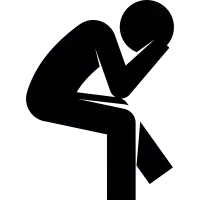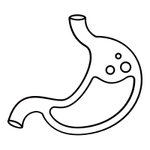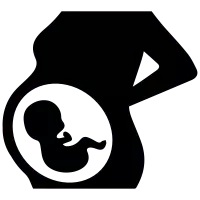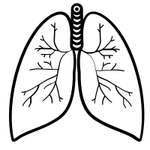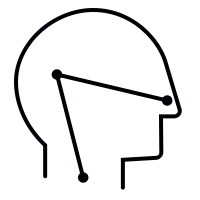Ankle Pain Treatment – Pain Management Clinic in Oakville
Osteopathy Clinic are healthcare professionals who use a hands-on approach to treat a wide range of conditions, including foot and ankle pain. Osteopathic treatment for ankle pain may involve a variety of techniques, including:
- Soft tissue massage: Osteopaths may use massage techniques to help relax tight muscles and improve circulation in the ankle area.
- Joint mobilization: Osteopaths may gently move the joints in the ankle to improve range of motion and reduce stiffness.
- Stretching: Osteopaths may use stretching techniques to help improve flexibility and reduce tension in the muscles and tendons around the ankle.
- Exercise Prescription: Osteopaths may recommend specific exercises to help strengthen the muscles and improve mobility in the ankle.
Osteopathic treatment for ankle pain is usually focused on improving mobility, reducing inflammation, and promoting healing. Osteopaths may also recommend lifestyle and activity modifications to help prevent future ankle injuries. It is important to note that osteopathic treatment is generally considered safe, but it is always a good idea to discuss any concerns with your healthcare provider.
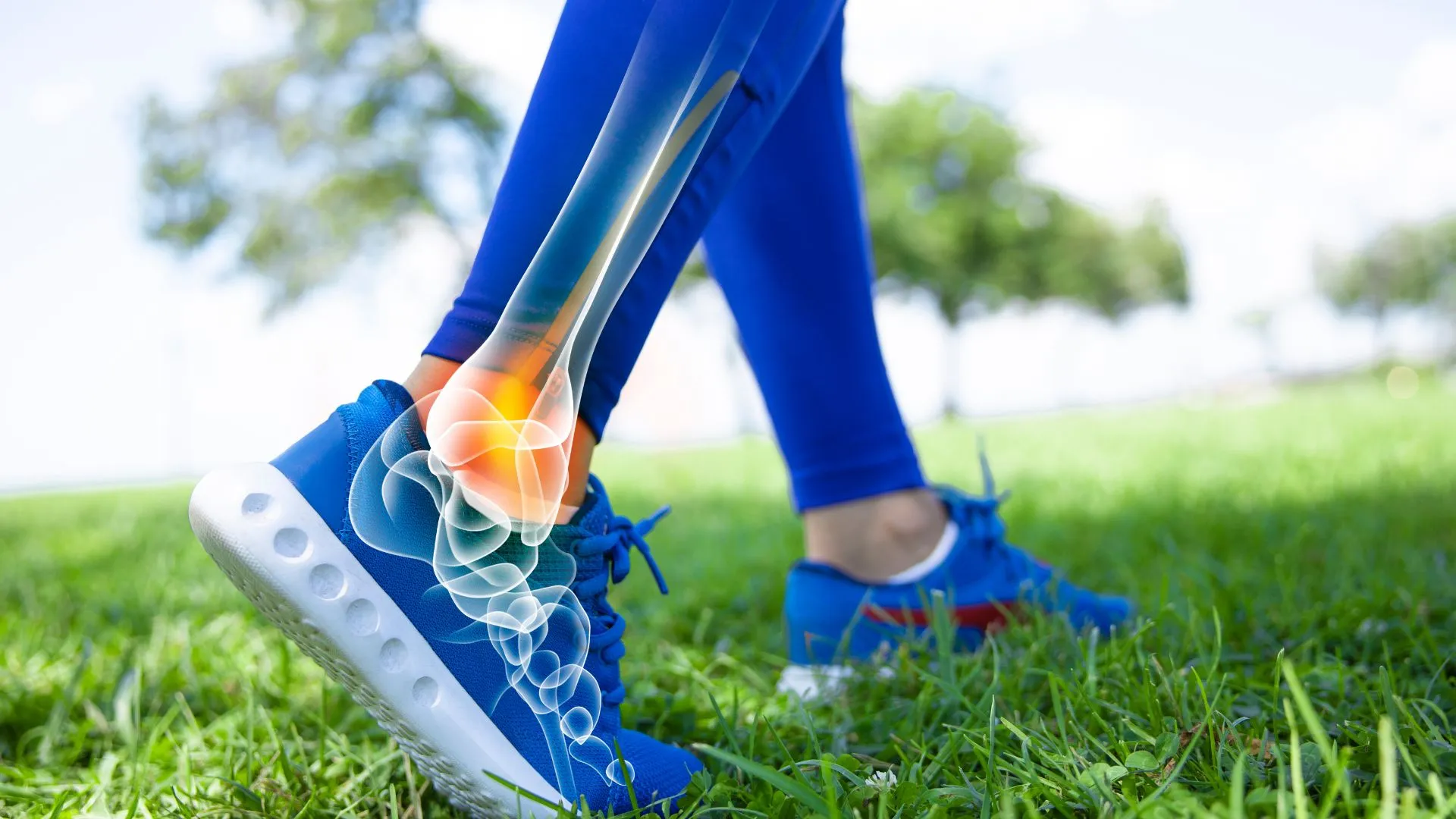
The musculoskeletal system includes the ankles as well. They let you to stand, maintain your equilibrium, and move about freely. The ability to point, bend, twist, and splay your foot laterally is all made possible by the ankle’s movable joint.
The joint formed by the talus and the lower leg bones (tibia and fibula) is called an ankle. The ligaments connect the bones. The ability of the foot and ankle to move is the result of a complex network of tendons, muscles, and other soft tissues. Because of the ankle’s intricacy, it is often injured.
Swelling and pain in the ankle may be caused by a variety of factors and can manifest itself in various locations around the ankle and foot. There are several potential causes of foot and ankle discomfort. Injuries, arthritis, and general wear and tear are the most frequent culprits. Your ankle may hurt or feel stiff anywhere from the inside to the outside, depending on the underlying issue. In addition, you may have swelling in your ankle and find that you can’t put weight on it.
Osteopathy vs Physiotherapy: Ankle and Foot Pain Treatment
Osteopathy focuses on the diagnosis, treatment and prevention of musculoskeletal pain and other body pains. It is a holistic approach to healing the whole body, not just the area where the pain or discomfort is felt. Osteopathic treatments can be used to treat foot and ankle pain effectively as they focus on restoring balance and alignment in the body to reduce inflammation, improve circulation and promote healing.
Osteopathic treatments are non-invasive and do not involve any medications or surgeries, making it an ideal choice for those who wish to avoid traditional medical treatments. The use of manual manipulation techniques helps to increase joint mobility and reduce muscular tension which can help alleviate pain from the feet and ankles.
Additionally, therapeutic exercises are prescribed to help strengthen weakened muscles around the affected areas for improved stability and flexibility. Osteopathy may be a better option for treating foot and ankle pain as it does not rely on medications or surgery but instead uses natural methods such as manual manipulation to restore balance within the body.
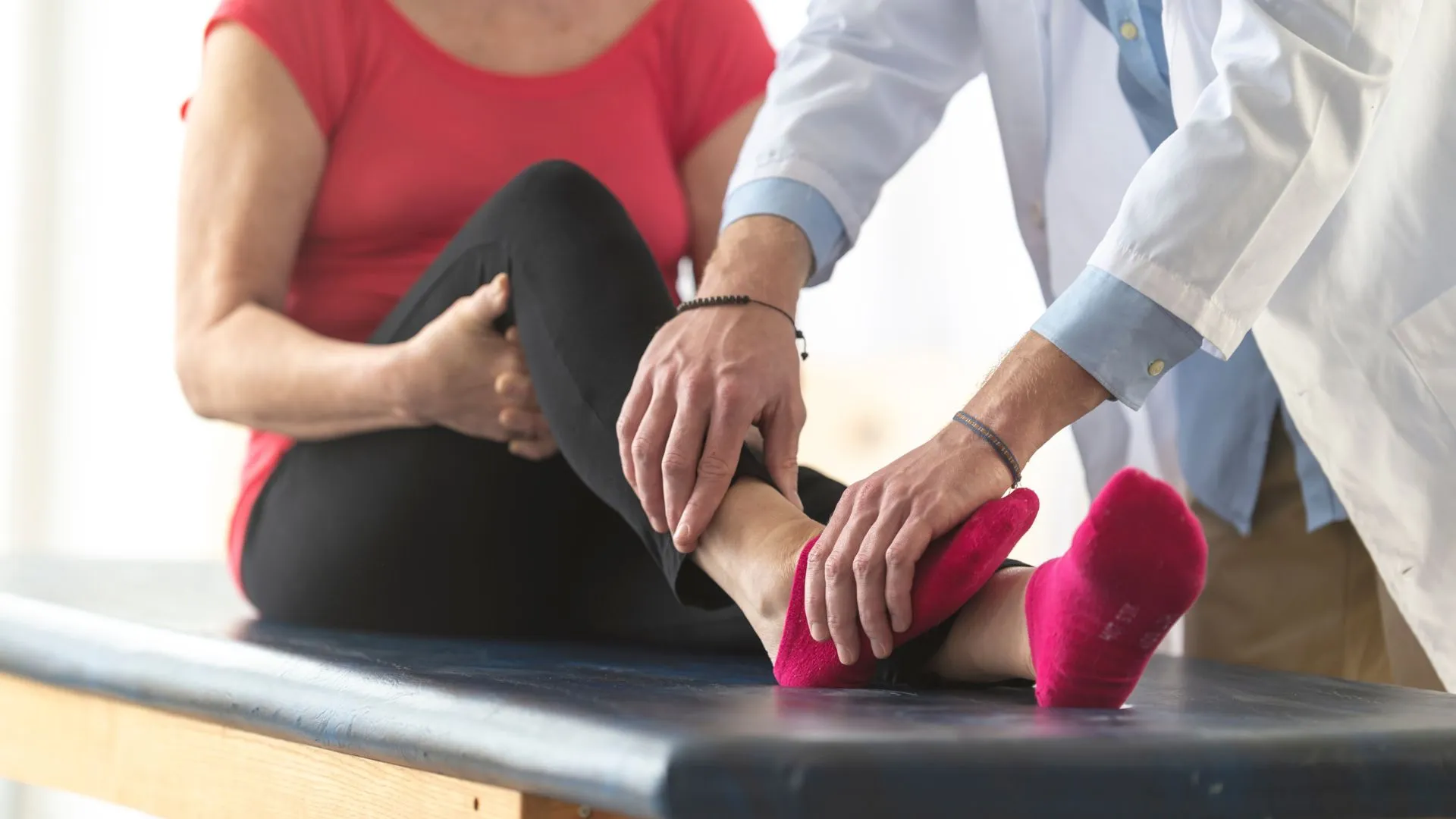
Common cause of Foot and Ankle Pain and inflammation:
Ankle pain is a common condition that can have many different causes. Some possible causes of ankle pain include:
- Sprains: A sprain occurs when the ligaments (tissues that connect bones) in the ankle are stretched or torn. This can be caused by twisting or rolling the ankle.
- Fractures: A fracture is a broken bone. The ankle bones, including the tibia, fibula, and talus, can be fractured if the ankle is subjected to a significant force.
- Tendinitis: Tendinitis is inflammation of a tendon, which is a thick cord of tissue that connects muscle to bone. Tendinitis of the ankle can be caused by overuse or strain on the tendon.
- Arthritis: Arthritis is a condition that causes inflammation in the joints, including the ankle joint. There are several types of arthritis, including osteoarthritis and rheumatoid arthritis.
- Bursitis: Bursitis is inflammation of a bursa, which is a small, fluid-filled sac that cushions and lubricates the joint. Bursitis of the ankle can be caused by overuse or injury.
If you are experiencing ankle pain, it is important to see a osteopathic practitioner for a proper diagnosis and provide customized treatment plan.
Ankle Sprains (Acute Injury):
- Pain and swelling in the ankle
- Difficulty walking or bearing weight on the affected ankle
- Bruising or discoloration around the ankle
- Instability or a feeling of “giving way” when standing or walking on the affected ankle
Ankle Fractures:
- Severe pain in the ankle
- Swelling and bruising in the ankle area
- Difficulty bearing weight on the affected ankle
- Deformity or misalignment of the ankle
- Tenderness or warmth to the touch in the affected area
Tendinitis, Tendonitis Pain Treatment:
- Pain and tenderness in the ankle, especially with movement
- Swelling and stiffness in the ankle
- Difficulty bearing weight on the affected ankle
- A palpable “bump” on the affected tendon
Arthritis:
Arthritis is a condition that causes inflammation in the joints, including the ankle joint. There are several types of arthritis, including osteoarthritis and rheumatoid arthritis.
Osteoarthritis is a degenerative joint disease that occurs when the cartilage in the joint wears down, causing the bones to rub together. This can cause pain, swelling, and stiffness in the affected joint.
Rheumatoid Arthritis is an autoimmune disease in which the body’s immune system attacks the joints, causing inflammation and damage. This can cause pain, swelling, and stiffness in the affected joints, including the ankles.
Symptoms of Ankle Arthritis may include:
- Pain and stiffness in the ankle, especially with movement
- Swelling and tenderness in the ankle
- Difficulty bearing weight on the affected ankle
- A feeling of “grinding” or “catching” in the ankle joint
Treatment for Ankle Injuries:
Treatment for ankle injuries can vary depending on the severity of the injury.
- Osteopathy treatment is often used to help realign the bones in your ankle and reduce swelling.
- Soft tissue massage can also be used to relax tight muscles, increase circulation, and reduce pain.
- Joint mobilization is another option that helps to restore joint motion, pain relief and improve range of motion.
- Stretching is also important in order to strengthen weak muscles around the injured area and prevent further damage.
It’s important to follow a osteopaths instructions and gradually increase your range of motion as you heal from an ankle injury. Depending on the severity of your injury, physical therapy may be recommended in order to relieve pain and help you regain normal movement and strength.



